Follow On Instagram @bad_science_jokes

Follow on instagram @bad_science_jokes
More Posts from Llamaslikesciencetoo and Others

Baby parrots look like dinosaurs (Source: http://ift.tt/21GVxRO)
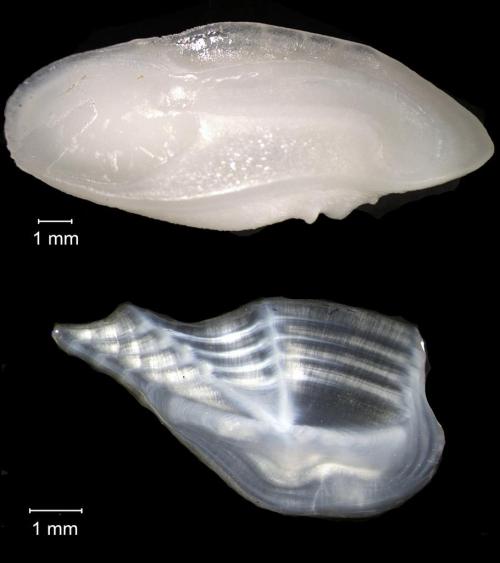
Vaterite … from fish ears to crystal lattices
Deep within the ear of a fish you will find a little bone, an otolith. This bone acts as part of the sensory system of the ear, part accelerometer, part gravity sensor, part sound sensor. Otoliths are formed from calcium carbonate minerals, and different species of fish exploit different types of CaCO3 mineral. These CaCO3 “polymorphs” all have the same chemistry, but the arrangements of atoms within the crystal lattice of each are different, just as diamond and graphite are two polymorphs of carbon. Usually, a fish otolith grows as aragonite, sometimes as calcite, a different polymorph of calcium carbonate, and sometime as the third CaCO3 polymorph, vaterite.
Keep reading

I meant to say “neat” because it’s the first time I’ve seen a toad in person with its croak sac and I got excited
Too excited




a dream come true: ORCAS IN THEIR NATURAL HABITAT!
they examined our cruise vessel inquisitively and played in our stern wave <3 to watch these gentle giants from up close was such a beautiful once in a lifetime experience! they stayed quite a while so i could enjoy the moment and still take some neat pics. thank you for this special day, guys! stay safe.
Octopus rubescens
San Mateo county CA June 2015 / FZ-200 /
hd button recommended







Swimming With Whale Sharks - Philippines by Tommy Schultz
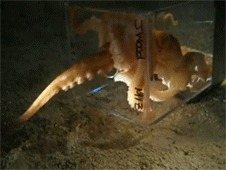
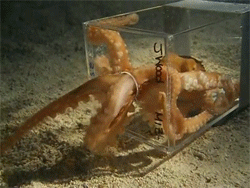




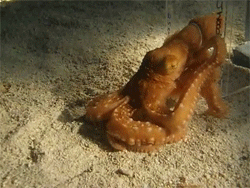
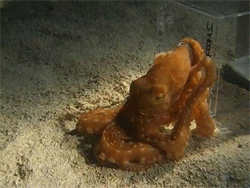


What’s Next for the World’s Most Trafficked Mammal?
Earlier this week, a U.S. agency announced that it will consider giving greater protection to pangolins.
What’s a pangolin, you might ask?
Pangolins are creatures found in Asia and Africa that have a pinecone-esque appearance. They’re about the size of house cats, are covered in scales, and have very long tongues for slurping up ants and termites.
These pest controllers are a hot commodity on the black market, poached for nearly all their body parts. Their meat is considered a delicacy in Asia. Their scales, made of keratin (the main ingredient in fingernails), are fashioned into jewelry or used as traditional medicine, even though they don’t have any curative value. Even their blood, a supposed aphrodisiac, is dried and used in potions.
Considered the most trafficked mammals in the world, tens of thousands of pangolins are believed to be poached annually—bad news for an animal whose females reproduce only once a year.
That’s why in July 2015, conservation groups such as the International Fund for Animal Welfare and the Center for Biological Diversity petitioned the U.S. Fish and Wildlife Service to list seven pangolin species under the Endangered Species Act, a law that seeks to conserve endangered or threatened species throughout their range (an eighth species, the Temnick’s ground pangolin, found in southern and eastern Africa, is already protected under the act).
And on March 15, the agency said the organizations made a good enough case that it’s now willing to invite the public to weigh in on the proposal for 60 days.
No one knows exactly how many pangolins remain in the wild, but researchers are pretty sure the animals’ numbers are shrinking. Two of the four Asian species, the Sunda and the Chinese pangolins, are considered to face a high risk of extinction and the other two are “endangered,” according to the International Union for the Conservation of Nature, which sets the conservation status of wildlife. With the depletion of the Asian pangolins, smugglers have targeted their cousins in Africa, which are faring better but are nonetheless described as “vulnerable.”
U.S. Involvement
If the seven species gain protection under the U.S. law, it would be illegal for people to import the animals or their parts into the country—unless they’re being brought in to promote conservation. Same thing for sales across state lines.
Keep Reading
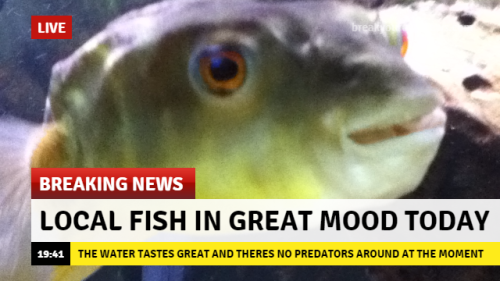
-
 i-am-now-gargamel-blog reblogged this · 6 years ago
i-am-now-gargamel-blog reblogged this · 6 years ago -
 i-am-now-gargamel-blog liked this · 6 years ago
i-am-now-gargamel-blog liked this · 6 years ago -
 lilylunagirl liked this · 7 years ago
lilylunagirl liked this · 7 years ago -
 graphitedecay liked this · 7 years ago
graphitedecay liked this · 7 years ago -
 void-whisper liked this · 7 years ago
void-whisper liked this · 7 years ago -
 ilikewavesandclouds reblogged this · 8 years ago
ilikewavesandclouds reblogged this · 8 years ago -
 ilikewavesandclouds liked this · 8 years ago
ilikewavesandclouds liked this · 8 years ago -
 sandpancakecat liked this · 8 years ago
sandpancakecat liked this · 8 years ago -
 idontknowaboutyoubut liked this · 8 years ago
idontknowaboutyoubut liked this · 8 years ago -
 xcreativexdreamerx-blog liked this · 8 years ago
xcreativexdreamerx-blog liked this · 8 years ago -
 bookanimeart liked this · 8 years ago
bookanimeart liked this · 8 years ago -
 dulciecollins liked this · 8 years ago
dulciecollins liked this · 8 years ago -
 cers-astral-adjacent reblogged this · 8 years ago
cers-astral-adjacent reblogged this · 8 years ago -
 toniershadow liked this · 8 years ago
toniershadow liked this · 8 years ago -
 luminarily liked this · 8 years ago
luminarily liked this · 8 years ago -
 sunshineisellipsoid liked this · 8 years ago
sunshineisellipsoid liked this · 8 years ago -
 hawthorneox liked this · 8 years ago
hawthorneox liked this · 8 years ago -
 mop-cycle liked this · 8 years ago
mop-cycle liked this · 8 years ago -
 talkingtomyselfworld reblogged this · 8 years ago
talkingtomyselfworld reblogged this · 8 years ago -
 djordjevet liked this · 8 years ago
djordjevet liked this · 8 years ago -
 einsteinunicorn-blog reblogged this · 8 years ago
einsteinunicorn-blog reblogged this · 8 years ago -
 lillianwu reblogged this · 8 years ago
lillianwu reblogged this · 8 years ago -
 merameranoace liked this · 8 years ago
merameranoace liked this · 8 years ago -
 citrine-lighthouse reblogged this · 8 years ago
citrine-lighthouse reblogged this · 8 years ago -
 citrine-lighthouse liked this · 8 years ago
citrine-lighthouse liked this · 8 years ago -
 the-nerdy-fangirl liked this · 8 years ago
the-nerdy-fangirl liked this · 8 years ago -
 theevilelflord reblogged this · 8 years ago
theevilelflord reblogged this · 8 years ago -
 angie-y-blog1 reblogged this · 8 years ago
angie-y-blog1 reblogged this · 8 years ago -
 acytekkers-blog liked this · 8 years ago
acytekkers-blog liked this · 8 years ago -
 jeonakajungcook liked this · 8 years ago
jeonakajungcook liked this · 8 years ago -
 captainstuffnthings liked this · 8 years ago
captainstuffnthings liked this · 8 years ago -
 stormykecleon-blog liked this · 8 years ago
stormykecleon-blog liked this · 8 years ago -
 leiabenna reblogged this · 8 years ago
leiabenna reblogged this · 8 years ago -
 vavivargas reblogged this · 8 years ago
vavivargas reblogged this · 8 years ago -
 sciencenerd4-blog liked this · 8 years ago
sciencenerd4-blog liked this · 8 years ago -
 quexe4-blog liked this · 8 years ago
quexe4-blog liked this · 8 years ago -
 valdezzz liked this · 8 years ago
valdezzz liked this · 8 years ago -
 tumbleweed-chaser liked this · 8 years ago
tumbleweed-chaser liked this · 8 years ago -
 kafkillah liked this · 8 years ago
kafkillah liked this · 8 years ago -
 darker-than-darkstorm liked this · 8 years ago
darker-than-darkstorm liked this · 8 years ago
Mainly interested in ecology, but also the entirety of science.
179 posts